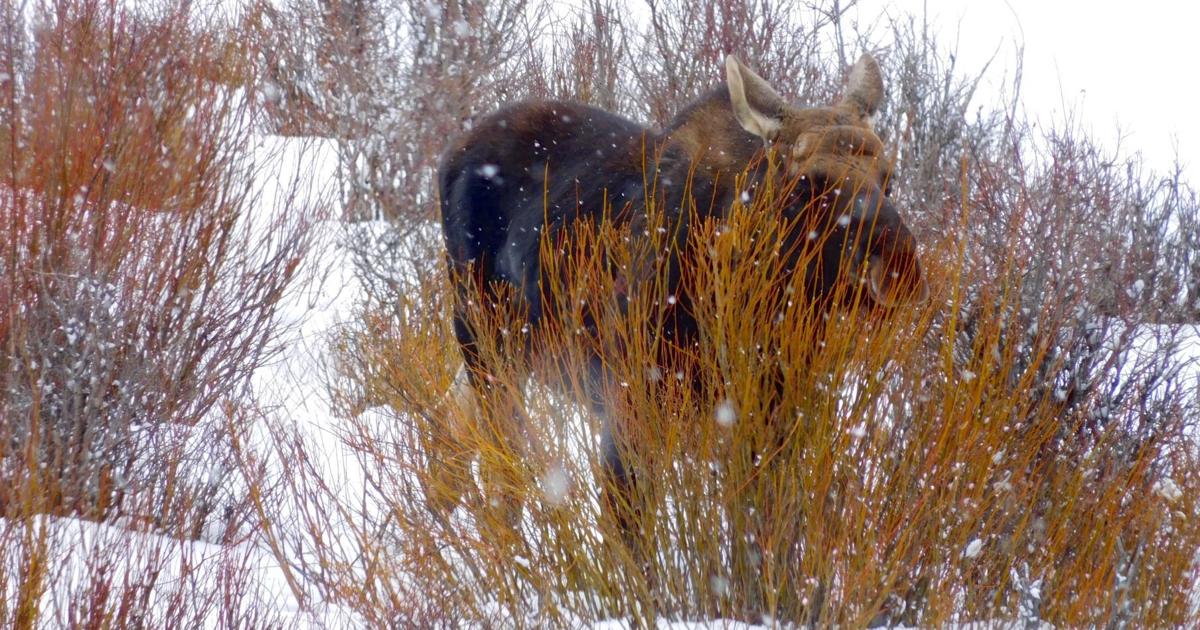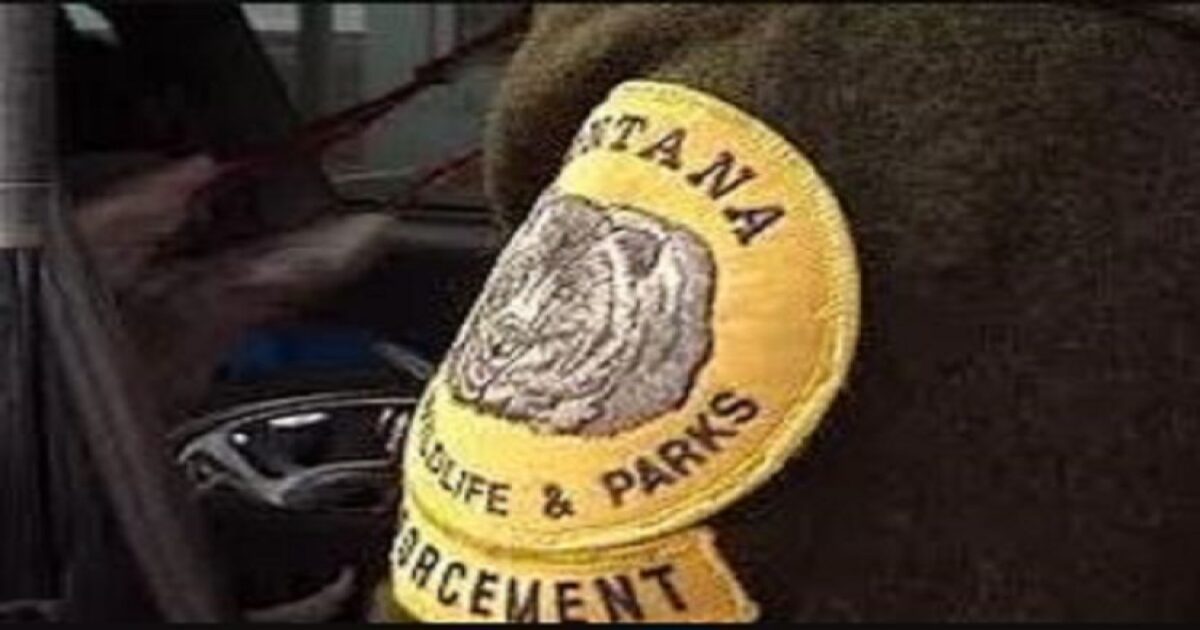BigHornRam
Well-known member
More bad news.

 missoulian.com
missoulian.com

Moose tests positive for CWD near Troy
A bull moose near Troy has tested positive for chronic wasting disease, which is the first known case in that species in Montana.





